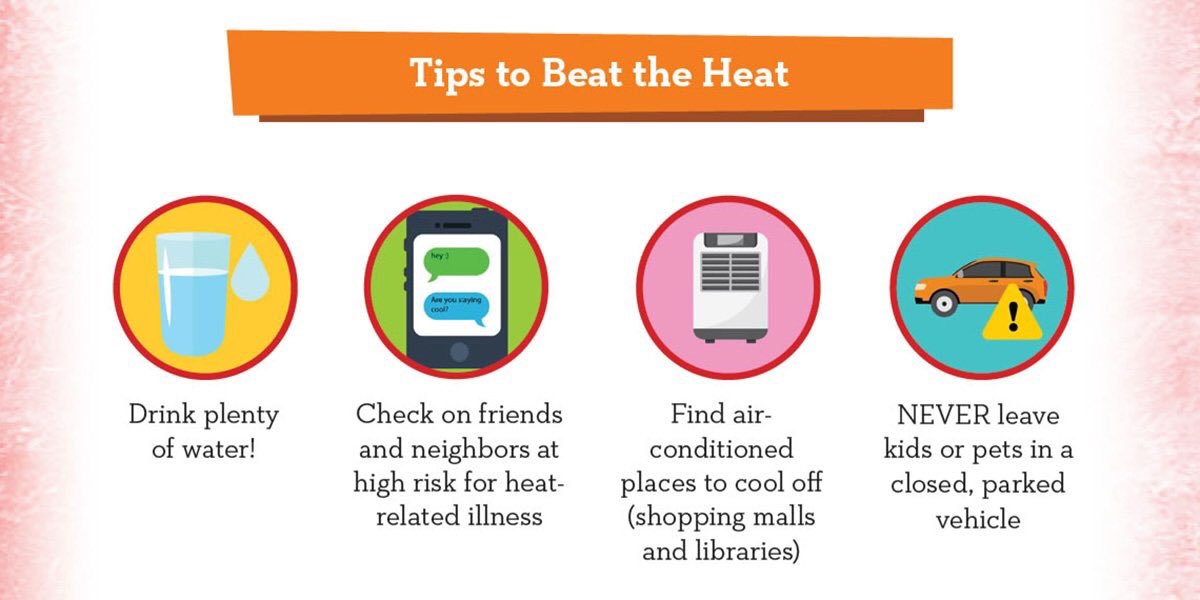Author: dekiss4
Prepare Kansas starts Sept. 1
 We’ve had drought, wildfires, a spring blizzard and flooding in Kansas this year and it’s only August. If your home or office was affected by a disaster, would you have an accurate record of what you lost? Would you easily know who to report it to and how to reach them?
We’ve had drought, wildfires, a spring blizzard and flooding in Kansas this year and it’s only August. If your home or office was affected by a disaster, would you have an accurate record of what you lost? Would you easily know who to report it to and how to reach them?
Prepare Kansas 2017, an online challenge to all Kansans and others available through the K-State Research and Extension Facebook page, will provide tips to guide you through steps to be more prepared to handle emergencies. We will also share information, links, and resources here. That can make recovery smoother and faster.
Prepare Kansas will run through September to coincide with National Preparedness Month, coordinated by the Federal Emergency Management Agency.
Prepare Kansas this year will help you take steps to be more financially prepared to weather any challenges, plus it’s a good way to stay organized.
- Week 1: You don’t know where to get back to if you don’t know where you started, right? This week’s challenge takes you step by step through preparing a household inventory.
- Week 2: Things change. Circumstances change. Know the right questions to ask as you review homeowner’s or renter’s insurance, plus auto insurance coverage.
- Week 3: If you had a few precious minutes to leave your home or office, what would you take? Learn the basics about what to include in a grab-and-go kit to help get you back on firm financial footing more quickly.
- Week 4: Communication is key. This week’s challenge is to develop and practice a family communication plan.
The 2017 Prepare Kansas Challenge on Facebook runs during September, but K-State Research and Extension provides emergency preparedness information on many topics throughout the year here on the Prepare Kansas blog.
Can you identify an extreme heat hazard?
Each year approximately 175 Americans die from extreme heat. Familiarize yourself with these terms to help identify an extreme heat hazard:
- Heat Wave – Prolonged period of excessive heat, often combined with excessive humidity.
- Excessive Heat Watch – Conditions are favorable for an excessive heat event to meet or exceed local Excessive Heat Warning criteria in the next 24 to 72 hours.
- Excessive Heat Warning – Heat Index values are forecast to meet or exceed locally defined warning criteria for at least 2 days (daytime highs=105-110° Fahrenheit).
- Heat Advisory – Heat Index values are forecast to meet locally defined advisory criteria for 1 to 2 days (daytime highs=100-105° Fahrenheit).
Then, follow these tips and #BeatTheHeat!

Preparing pets for emergencies
 June is National Pet Preparedness month. Just as we prepare ourselves and other members of our families for emergencies, if we live with pets, we need to gather emergency supplies and make plans for our pets too. Not sure how to get started? This fact sheet from ready.gov/pets is a great resource.
June is National Pet Preparedness month. Just as we prepare ourselves and other members of our families for emergencies, if we live with pets, we need to gather emergency supplies and make plans for our pets too. Not sure how to get started? This fact sheet from ready.gov/pets is a great resource.
Important basics to include in your pet’s emergency kit are:
- at least three days of food in an airtight, waterproof container
- a first aid kit appropriately stocked for your pet’s emergency needs
- collar with ID tag, harness or leash, and vaccination information
- favorite toys, treats, and bedding
Watch how Basil the Disaster Kitten gets prepared for a natural disaster in this fun video from the Humane Society of the United States.

